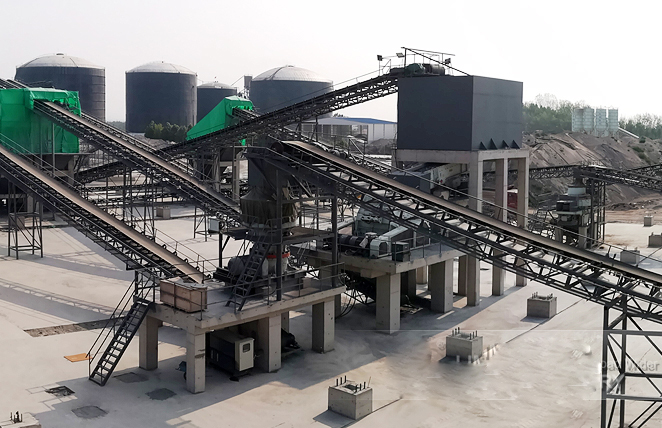Stone crushers play a crucial role in gold ore processing by breaking down raw materials into smaller particles for further dressing (beneficiation). Here’s how they are used in gold mining and dressing processes:
1. Types of Stone Crushers for Gold Ore Processing
– Jaw Crusher: Primary crushing of large gold-bearing rocks (up to 1.5m diameter) into smaller fragments (~6-10 inches).
– Cone Crusher: Secondary crushing to reduce ore to finer sizes (~½ inch to 2 inches).
– Impact Crusher: Suitable for softer ores or recycled materials.
– Hammer Mill / Rotary Crusher: Used for finer crushing (to ~1/4 inch or less) before grinding..jpg)
2. Crushing Stages in Gold Dressing
– Primary Crushing: Large rocks → Smaller chunks (~6-10 inches).
– Secondary Crushing: Further reduction (~½–2 inches).
– Tertiary Crushing (if needed): Produces finer material (<½ inch) for grinding mills.
3. Purpose of Crushing in Gold Processing
– Liberate gold particles from host rock.
– Increase surface area for chemical leaching (e.g., cyanidation).
– Prepare feed for grinding mills (ball mills, rod mills).
4. Key Considerations
– Ore Hardness: Hard ores (e.g., quartz) may require jaw + cone crushers; softer ores may use impact crushers.
– Capacity Requirements: Match crusher size to plant throughput.
– Moisture Content: Wet/sticky ores may need pre-screening or specialized crushers.
– Energy Efficiency: HPGR (High-Pressure Grinding Rolls) can reduce energy use vs. traditional crushers.
5. Integration with Gold Dressing Processes
After crushing, gold ore typically undergoes:
– Grinding (to fine powder)
– Gravity separation (shaking tables, centrifuges)
– Flotation or leaching (cyanide/CIL circuits)
– Smelting/refining
6. Recommended Equipment Suppliers
– Sandvik, Metso, Terex
– Small-scale miners: Diesel-powered jaw crushers/hammer mills
Would you like recommendations based on a specific ore type or production scale?





Leave a Reply